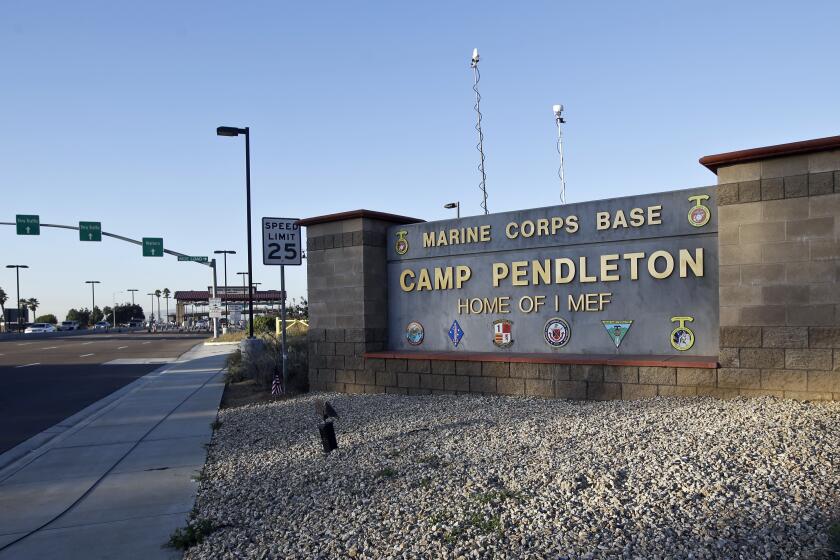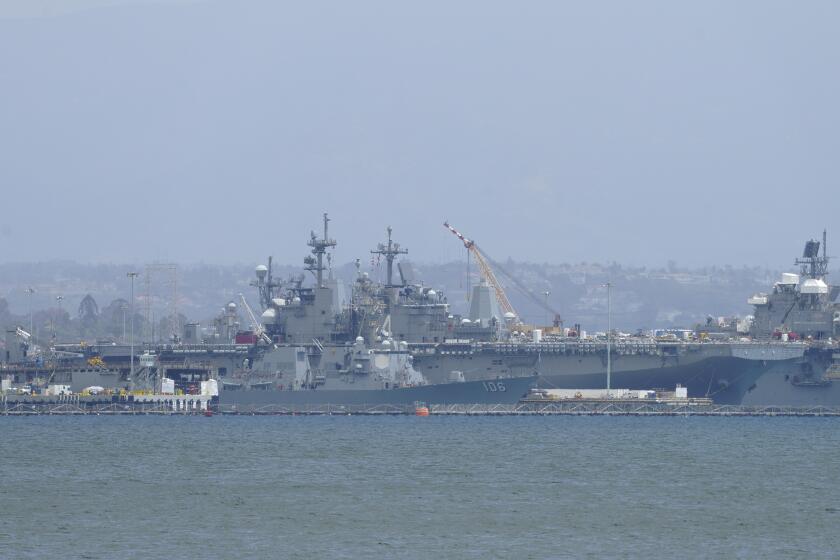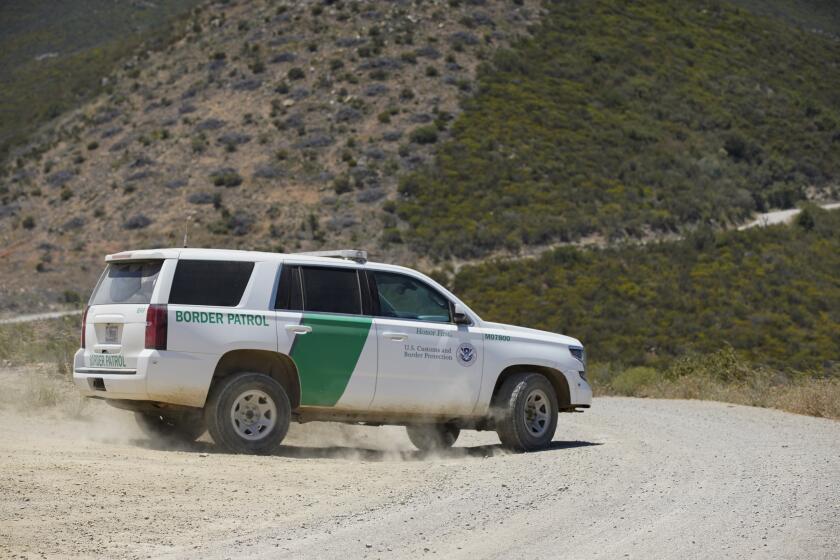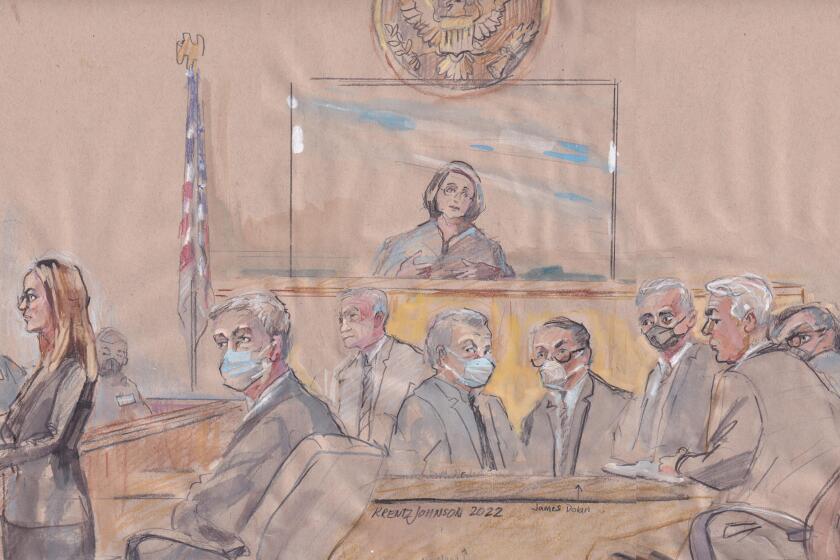Afghan troops do it their way
Before heading home, the Marine advisers gave their replacement team a tour around the Afghan army’s battle school in Helmand province.
After nine months mentoring Afghan military instructors in everything from small arms tactics to medical care and generator maintenance, it was clear the coalition advisers had nearly worked themselves out of a job.
That morning in late May, their protégés on the machine gun range demonstrated their proficiency in the Marine method of shooting, that is to say with precision and accuracy. Also evident — the fact that sometimes their highly-trained students preferred to switch it up and let guns blaze the Afghan way. Even if it meant bullets impacting everywhere but the target.
The Regional Corps Battle School at Camp Shorabak, the Afghan portion of the base complex adjoining Camp Leatherneck/Bastion, is where newly minted soldiers go for additional combat and literacy training, extending the timeline from civilian to front-line fighter to about 16 weeks.
“Our job is to train a sustainable Afghan national army for the region so they have a manner of defending themselves after we leave,” said Marine Master Sgt. Chris Willenbecher, who served as operations chief for the departing team of 31 advisers from the 1st Marine Expeditionary Force headquartered at Camp Pendleton.
Time is running out on that mission, since all foreign troops are scheduled to withdraw from Helmand province by the end of this year. Any advisers who remain past 2014 in southern Afghanistan would be based in neighboring Kandahar province, according to current plans.
Afghan military instructors in Helmand have already proved they are ready to train their own army without coalition assistance, the advisers said. About 75 percent of the winter series of classes following the “Basic Warrior Training” boot camp were taught by Afghans. On July 10, more than 650 soldiers graduated from the first completely Afghan-led combat course.
It was a happy day for Col. Shah Wali Zaizai, 215th Corps Regional Military Training Center commander. “We used to have soldiers go through a very basic training school and now we have soldiers that are properly trained by our own instructors,” he said, according to a Marine announcement.
“They’ve come an extremely long way,” said Willenbecher, 38, of Bainbridge, Pa. The tanker by training served nine tours to Iraq before the Afghanistan deployment, his last before retiring.
“They’ve gotten themselves to a position where they are definitely a viable military,” he said. The Afghan instructors are very proud and motivated to learn, which helps them absorb hands-on lessons quickly. “Within a mere five months of instruction they went from civilians to teaching the future of their military, and doing it very well,” Willenbecher said.
Advances
Now the new adviser team from Camp Lejeune, N.C. is focused on improving administration of the school — including logistics issues like ensuring the 4,000 to 7,000 soldiers cycling through annually have enough ammunition. They also are organizing more advanced curriculum.
A year ago, the battle school had about 40 Afghans trained to teach the school’s 28 classes. Now it has more than 150.
Last spring it started sending mobile training teams to forward operating bases, to train soldiers who can’t come to Shorabak.
Marines transported Afghan instructors to Sangin for the first month-long small arms class. The Afghan instructors returned without them in May for a mortar class.
“That’s what we wanted to see... Do it without us watching over their shoulder, being there as a safety net,” said Gunnery Sgt. Steve Phillips, 36, of Vidor, Tex. The amphibious assaultman from Camp Pendleton was officer in charge of the infantry program.
“Nine months ago, they wouldn’t have been able to,” he said. “They came to us and had never seen a machine gun, much less shot it, took it apart, or taught it. Not an American .50 cal.” Now they teach other Afghan soldiers how to be instructors on those weapons, he added.
Other recent enhancements include the introduction of the Mi-17 helicopter into casualty evacuation training, and more extensive work with artillery.
Capt. Matthew Farmwald, 34, of Plain City, Ohio, spent a morning training two Afghans on forward artillery strike observation. His students searched for coordinates on the map as British forces on the other side of the base complex prepared to fire 105mm shells at wooden barrel targets on the range.
Training artilleymen in an army of soldiers two-thirds illiterate in letters and numbers is not easy.
“They tend to send the smarter guys, because they have to do math, read and write, add stuff up, understand angles. It’s conceptual. You have to picture the angles on the ground, the geometry,” Farmwald said.
Beretta
One of the few small arms systems still taught by foreigners is the pistol, since few Afghan officers are familiar with it.
On the range, a dozen battle school staff officers pointed 9mm Berettas at black silhouettes papered over the targets.
“Load and make ready!” hollered Antwan Foster, a civilian overseeing the range. After his order was translated, he added: “Standby. Targets!”
Sgt. Aaron Jensen, 22, of New York, N.Y., frowned at the form of a tall, white-bearded man with one arm cocked to the side like a broken wing.
“Tell him he’s got to align his elbows,” Jensen said. “It helps if he squares off to the target. His front body armor should face the target.”
The interpreter, Zubir, nudged the Afghan officer into position, then the pop and whistle of gunfire resumed.
“Alright, how’s everyone looking? Good?” Foster asked. Jensen wiggled his hand to indicate a middling performance.
Afterward, he offered some constructive criticism. “See how he was hitting all over the place?” Jensen said. “The human eye can only focus on one thing at a time. The target should appear a little bit blurry. Your sites should be crisp. You’ll hit the target every time.”
After a spray of glue, Jensen smoothed another paper silhouette on the target so the Afghan officer could try again.
Machine gun
Isaq, chief instructor for the small arms weapons instructor course, ran the machine gun range with the calm confidence and rigor befitting a non-commissioned officer.
The sergeant is one of a handful of battle school instructors with years of experience. He worked at the Joint Sustainment Academy Southwest the Marines operated at Camp Leatherneck before the Afghan battle school opened spring 2013.
As Isaq observed, two Afghan instructors refreshed their machine gun skills on the M240, lying prone with legs entwined for stability while a “black hat” master level instructor knelt beside them to critique.
As the gunner squeezed off rounds, his assistant spotted and redirected him left or right with a tap on the back.
The gun chewed through bullets, spitting brass casings into a pile on the ground. A cloud of dust rose from the dirt berm behind the target, where rounds ignited magenta flames.
After the first burst most of the target boxes were punched with bullet holes. But Isaq wasn’t satisfied. “Target from 5 and then 6 and then 7 and 8. Those boxes are empty!” he said, according to an interpreter.
Getting Afghans to shoot accurately was the impetus for the regional battle school. Before its creation, civilian recruits from the area were sent to fight the Taliban after firing just 25 rounds during training on an M16 rifle. Operating units were expending 100,000 rounds with no enemy killed in action, Marine advisers said.
Marine Maj. Ernest Adams, operations officer for the outgoing adviser team, congratulated Isaq for running an effective and safe range. “You guys got this. Now it’s time for us to go home,” he said, shaking Isaq’s hand.
“This is true. Exactly,” Isaq said. “Obviously we are staying here. Because this is our own country and we have to establish our own country.”
Then the Afghan instructors shooed the Marines away.
“The Afghans just kicked us off the range!” Adams told Willenbecher with a laugh.
As they walked away, the Marines looked back in astonishment as the Afghan instructors stood and fired the M240 machine guns from the hip.
“If we were allowed to, how many of us would?” Willenbecher said wistfully.
Adams looked at the puffs of dirt exploding on all sides of the target. “Notice they’re not hitting anything,” he said with wry humor.
Willenbecher couldn’t help but laugh at the absurdity of the question when he was later asked whether Marine advisers taught the Afghans to fire machine guns Rambo-style.
“Absolutely not!” he said, chuckling. “This is their range complex. We advised them that’s not the brightest way of expending ammunition. But hey, they had fun doing it.”
Get Essential San Diego, weekday mornings
Get top headlines from the Union-Tribune in your inbox weekday mornings, including top news, local, sports, business, entertainment and opinion.
You may occasionally receive promotional content from the San Diego Union-Tribune.





